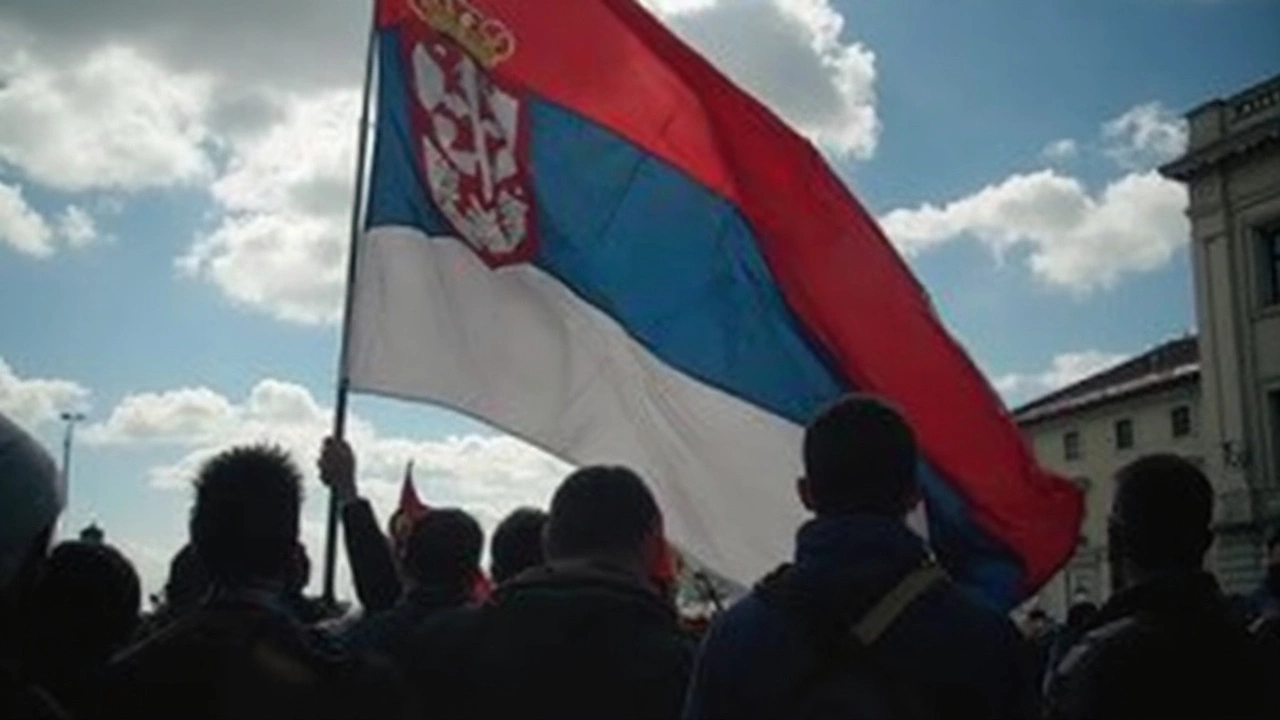On March 15, 2025, the streets of Belgrade witnessed a massive outpouring of public dissatisfaction as over 100,000 Serbians came together to voice their anger against government corruption. The protest, known as '15 for 15,' was a direct response to the tragic collapse at the Novi Sad train station, which claimed 15 lives in November 2024. This disaster has been widely blamed on negligence and corruption within governmental ranks, becoming a catalyst for nationwide discontent.
This gathering was not just another day in the park for Serbia. It was, in fact, the largest public protest since the collapse, drawing people from all corners of the country. The crowd, largely peaceful, demanded accountability and transparency, challenging the long-standing rule of President Aleksandar Vučić. Despite the President's warnings about potential disruptions and the presence of pro-government agents provocateurs, the rally maintained its peace.
Public Demand for Change
President Vučić, acknowledging the public's demands during the protest, commented on the citizens' desire to 'change the government in the elections.' This statement, though seemingly conciliatory, was made against the backdrop of 22 arrests for inciting violence, indicating a complex state response to the peaceful demonstration.
Led primarily by students and backed by a broad spectrum of the population, these protests have put Vučić's governance under an intense spotlight. Many protesters view the movement as a significant test of Serbia's democratic resilience. In recent years, Vučić’s 13-year rule has been increasingly scrutinized, and this rally exemplifies the growing dissatisfaction among the people.
The protest also highlights a broader conversation about Serbia's future and its democratic integrity. With the protest setting a new tone for political engagement in the country, all eyes are now on how the government will address these concerns in the lead-up to future elections. Will this spark a new chapter in Serbia's political landscape, or will it simmer down into yet another footnote in the region's turbulent history? Only time will tell as the nation inches closer to a potentially transformative electoral process.
